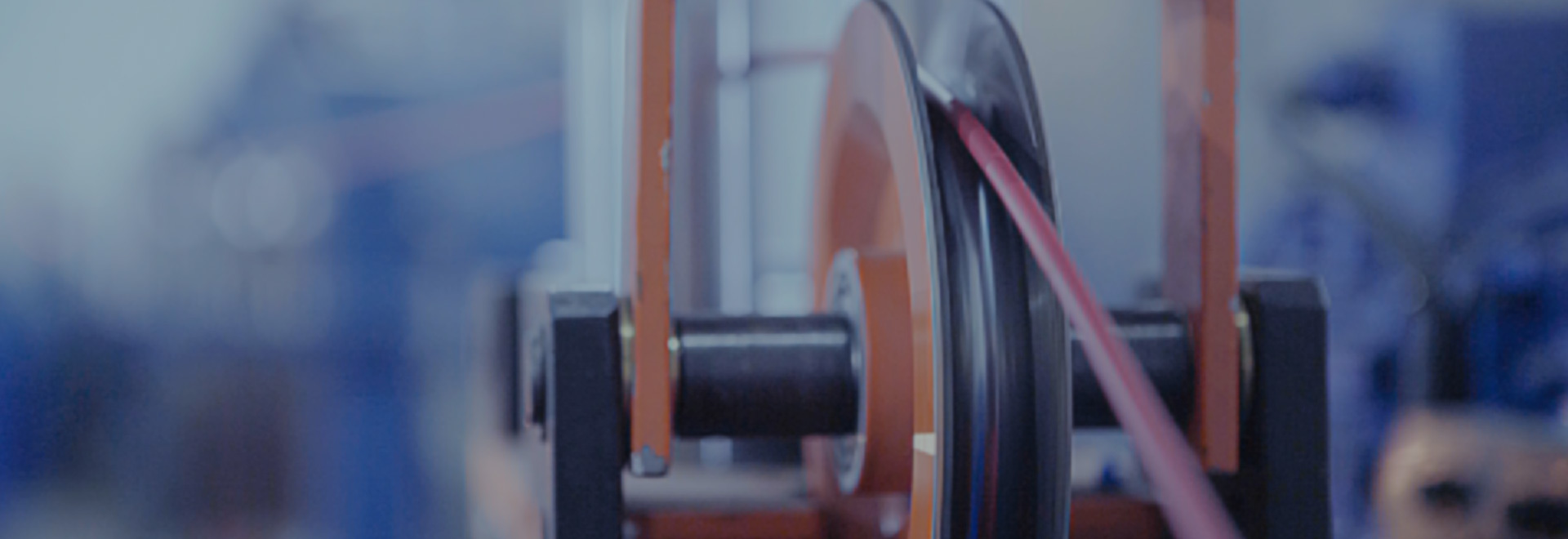Wire and cable fault analysis
Failure analysis is an important task to ensure the safe operation of cable line systems. Paying attention to this task is the basis for eliminating the causes of cable failures and is also a strong basis for improving cable technology, including line design, cable manufacturing and operation. Although the design of the cable structure, including accessories, has been carefully studied in the production process, and a series of relevant tests have been passed before it is put into operation, but these cannot fully simulate the long-term operation of individual actual cable lines, so the occurrence of cable lines Faults can be determined in which areas it is necessary to improve. If you only meet the analysis of rushing to repair the cable failure and ignore the cause of the failure, you will always be in a passive state and be exhausted.
1. Fault classification
After the cause of the failure is found out, the number of times is classified and counted year by year, which helps to formulate the priority of eliminating the accident countermeasures, and sometimes feedback whether the measures are effective after taking the measures. Obviously, the real cause of each failure must be found out, otherwise it will lead to wrong countermeasures, which will not only fail to eliminate or reduce the accident, but also consume manpower and financial resources, so it should be treated with caution. The classification of various faults can be divided into two categories, one is congenital defects, such as normal aging of insulation, manufacturing defects, etc.; the other is acquired defects, such as mechanical damage, corrosion or construction defects. The former can be used as a basis for the manufacturer to improve product quality, and the latter can be used as the cable management department to formulate an annual overhaul plan to reduce accidents. For some accidents, the real cause cannot be found out for a while, so it is not appropriate to rush into qualitative classification. It is necessary to accumulate data on the number of accidents, including the physical object of the fault. The causes of accidents that have been accumulated over the years and cannot be properly resolved can be classified as special topics and subject to research by the research department. In order to facilitate analysis, research and classification, the failure causes are divided into the following categories: manufacturing defects, poor construction, poor design, mechanical damage, insulation aging, water branches, corrosion, ant damage, unknown reasons and others. The number of accidents of various types is counted every year, and the failure rate per 100 km/year is calculated.
2. On-site analysis
Many cable accidents are related to the on-site environment. Therefore, to find out the real cause of the occurrence, it is necessary to understand the situation on site. If the lead package is corroded, it is necessary to analyze the pH value of the adjacent soil or the potential of the lead package of the cable. Anode or cathode. Another example is mechanical damage. It is necessary to check whether there is excavation in the vicinity in the past. If there is some minor mechanical damage, only the metal sheath is damaged and the insulation is intact. It takes a long time for the moisture in the soil to gradually penetrate the insulation before it develops into an accident. When no obvious cause can be found for the damaged parts of the cable on site, the damaged fragments, including part of the cable, need to be sawed back for further experimental research in the laboratory.
3. Laboratory analysis
The causes of some cable accidents cannot be identified from the appearance, such as the determination of groundwater and soil corrosion, the molecular crystallization of water branches or metal sheaths in plastic insulation, and the qualitative determination of corrosion. This requires the use of sophisticated instruments to conduct a comprehensive physical and chemical analysis of the damaged fragments of the accident cable, and make detailed records for future investigation. The broken pieces of the cable whose cause of the accident cannot be determined also need to be properly preserved, which has reference value for similar analysis in the future.
Previous page:
Next page:

